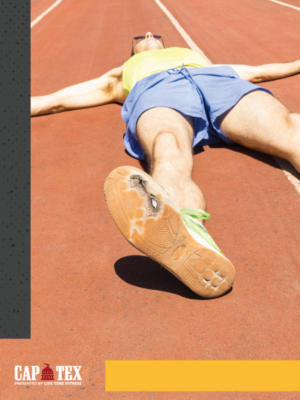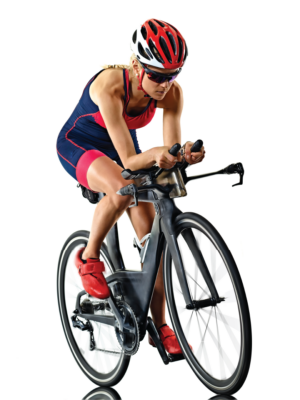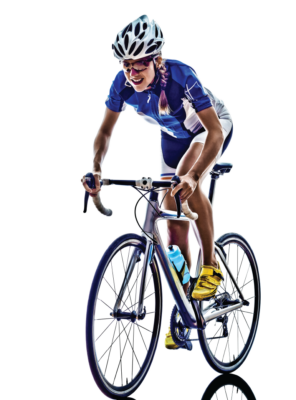3 Tips for Running During the Holidays
Stay on top of your running during the holidays with our advice
The holiday season is fast approaching. You might wonder if you can keep your running schedule going without any disruptions. Spending time with your family and friends, eating your favorite Christmas meals, late nights, and drinking can make running during the holidays quite the challenge.
If you don’t go for a run regularly, you can feel out of shape. So how can you keep running during the holidays? Follow the advice below! Prepare accordingly, stay on track with your running schedule, and have a wonderful time this holiday season. Pro tip: preparation is crucial and one of the main habits of successful triathletes.
Set a goal
One of the best ways to keep yourself running during the holidays is to set a goal. For instance, a goal can include a specific number of miles or a fixed amount of time every week. Another option would be to start a running streak by setting a schedule. Feel like your running is in a rut? These training tweaks could improve your performance.
You can register for an event, like the Ascension Seton Austin Marathon. Having a goal race on your calendar will push you to run regularly. Keep in mind that it doesn’t have to be a big event to get you running during the holidays. Even registering for the Run Austin Virtual Series’ Armadillo 5K or Makin’ Music 4-Miler can do the trick. All you need is to create goals that will motivate you to go for a run regularly.
Go with the flow
During the holiday season, you are bound to have family, work, and travel commitments. They affect how much time you can spend training and keeping your body healthy and fit. When it comes to running, the first thing you should do is take a look at your schedule. If you have any commitments, avoid canceling your run. Instead, make adjustments to your running schedule. If you feel like going for a run outside of your “planned time,” do it. You never know what might happen to prevent you from running. Pro tip: remember to leave some time for the important warm-up and cool-down.
Have fun
The most important thing when it comes to winter training is to have fun. Although the holiday season is a time to enjoy and relax, it may not always be the case. Sometimes, you have to crunch extra hours at work to spend time with your family and friends. For a lot of people, the holiday season comes with a lot of stress. The best way to deal with anxiety-inducing situations is to take a break from them. You need to relax to recharge your mind and be ready to deal with anything that comes your way.
When you are suffering from a mental block, going for a run can help you significantly. By taking your mind off the situation, you can come back and visit it with a fresh and new perspective.
At the same time, you should also make sure you get adequate amounts of sleep. This helps your body recover and should be a major part of your winter training schedule. After all, you don’t want to burn your candle at both ends, as this will make it harder to go for a run regularly.
Don’t stress out if you miss a run or two. As long as you do as much as you can every day, you’re doing a wonderful job!

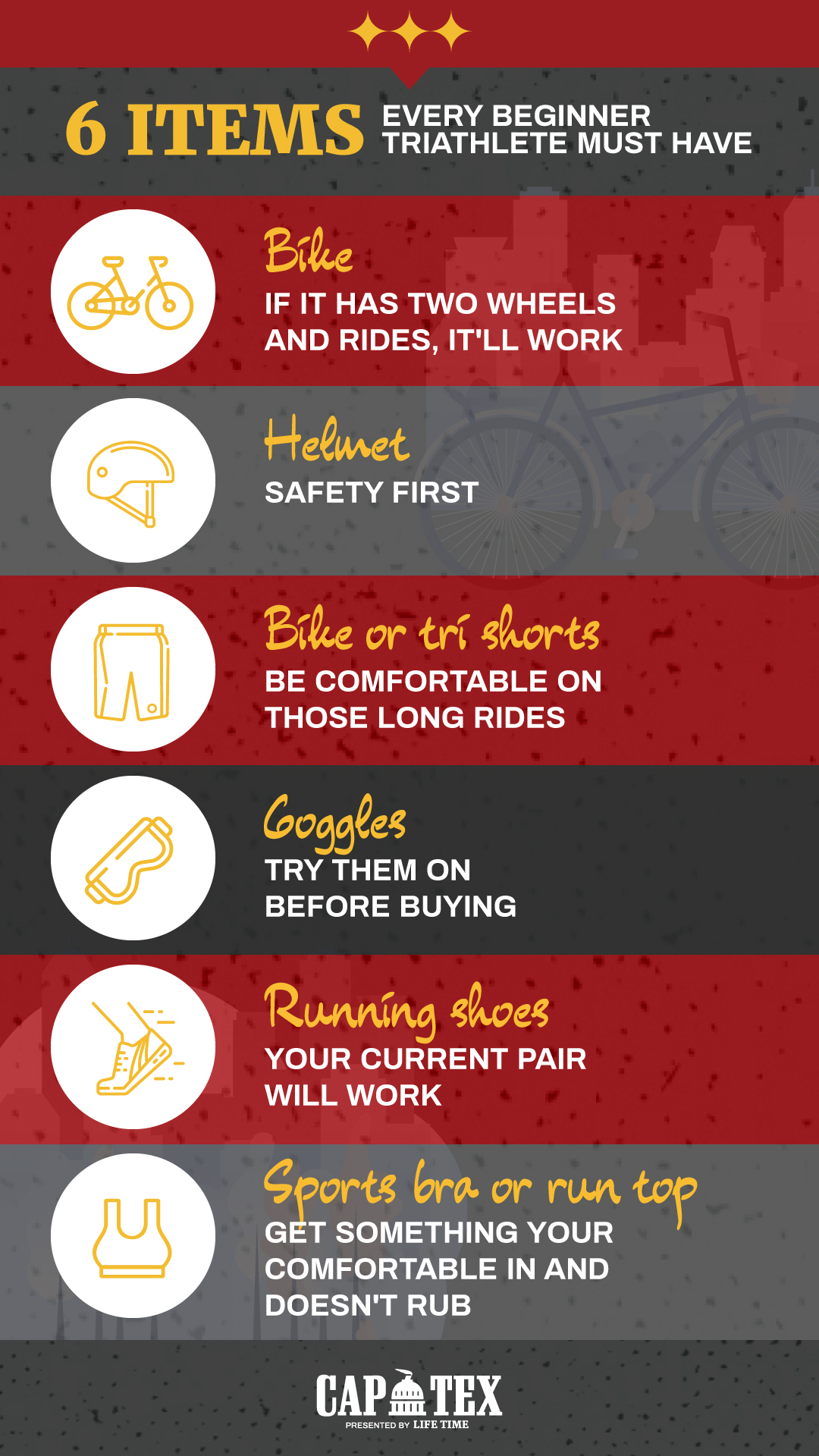
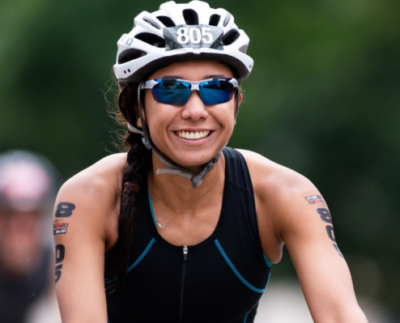
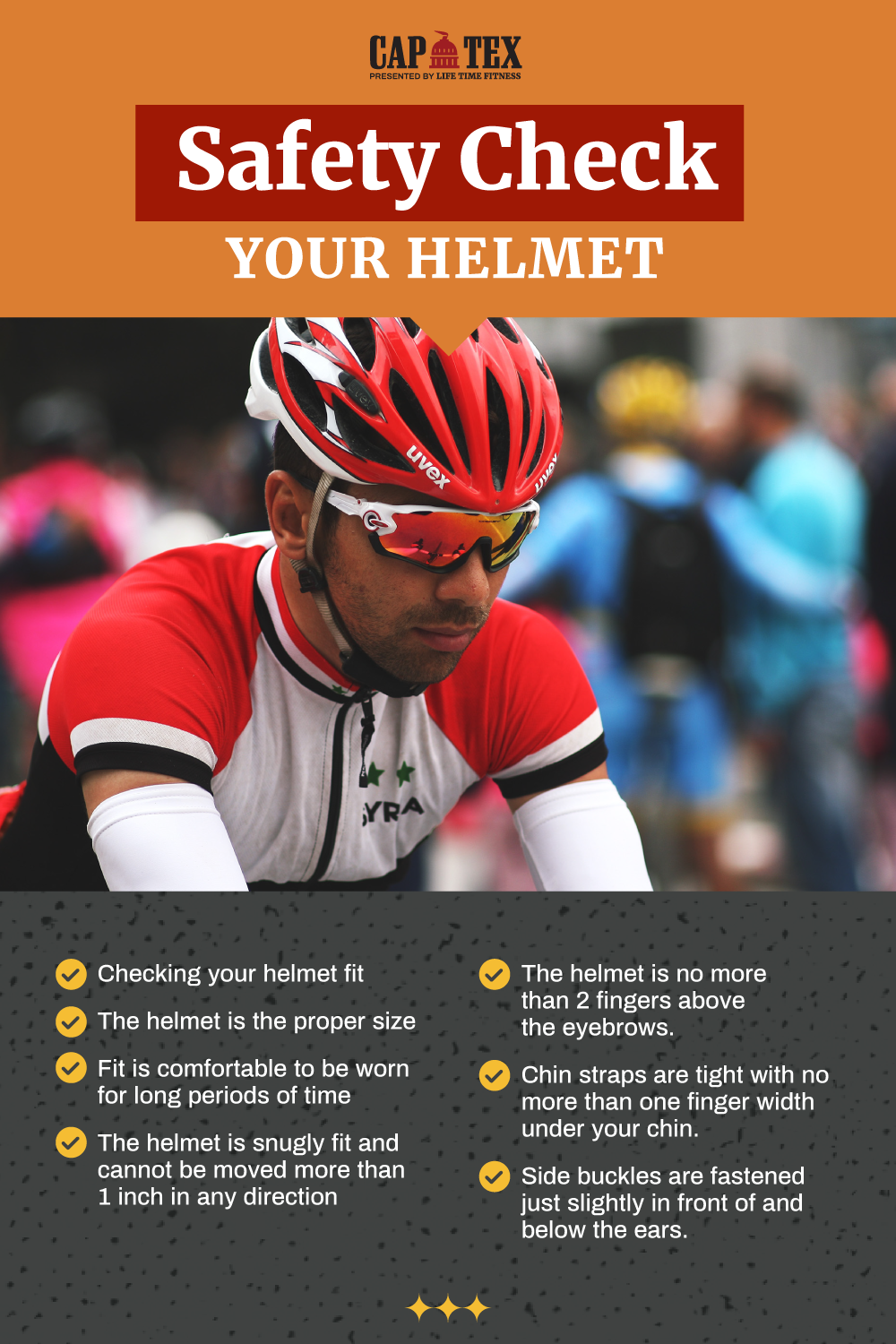 To keep the helmet in place, the next step is ensuring the chin straps are long enough to reach under your chin and can be tightened securely. This part is especially important because you do not want to be dealing with an ill-fitting helmet during your next tri.
To keep the helmet in place, the next step is ensuring the chin straps are long enough to reach under your chin and can be tightened securely. This part is especially important because you do not want to be dealing with an ill-fitting helmet during your next tri. 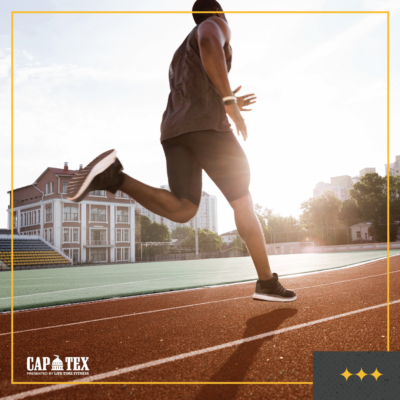 Additional Tips
Additional Tips